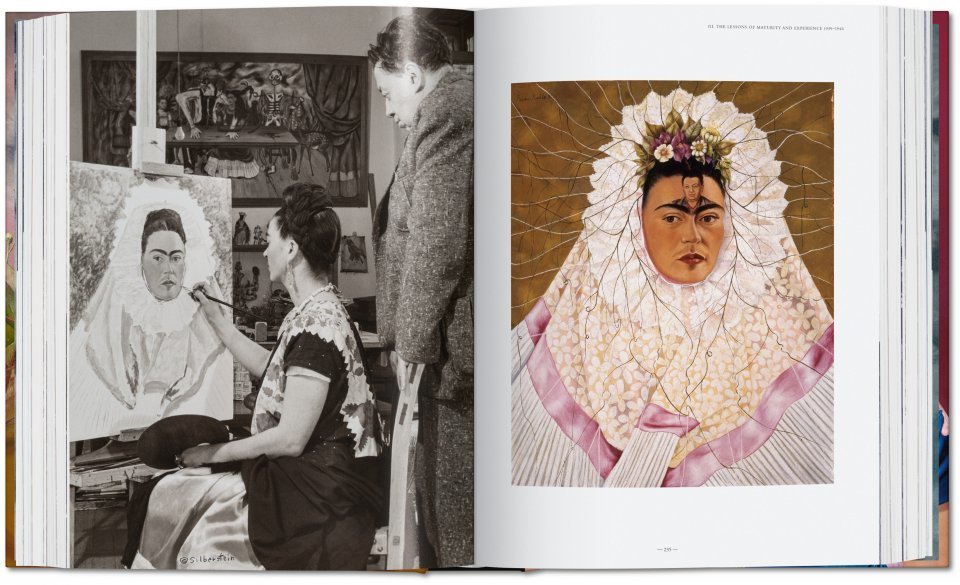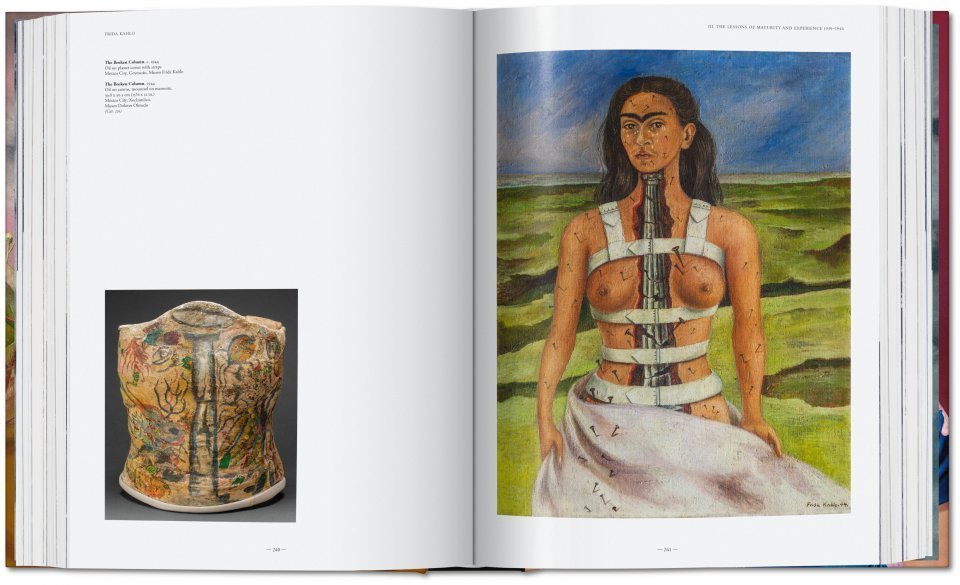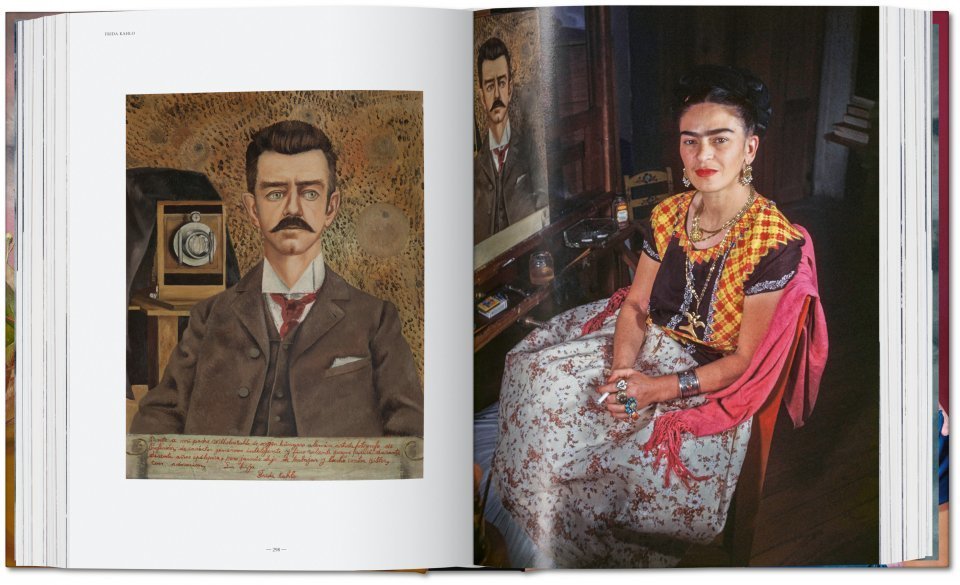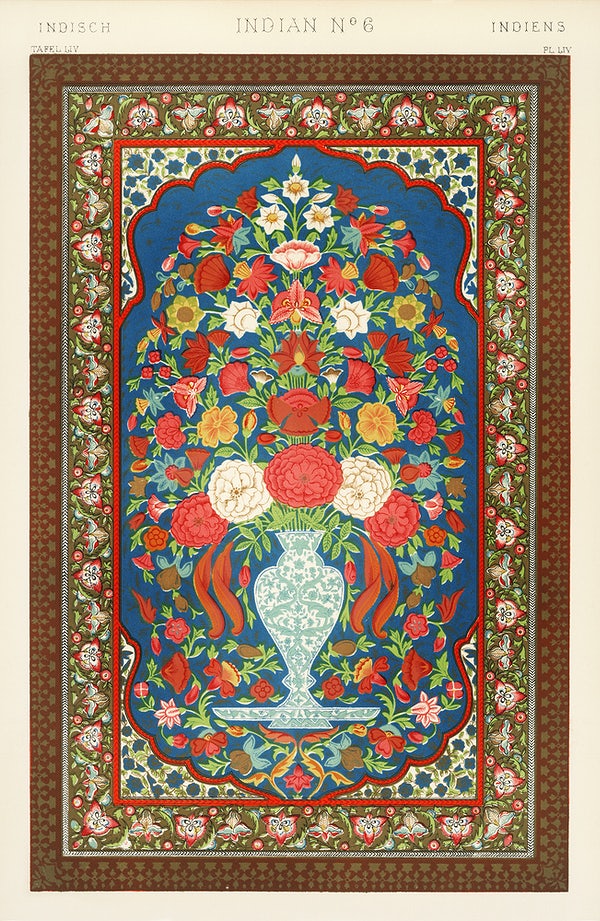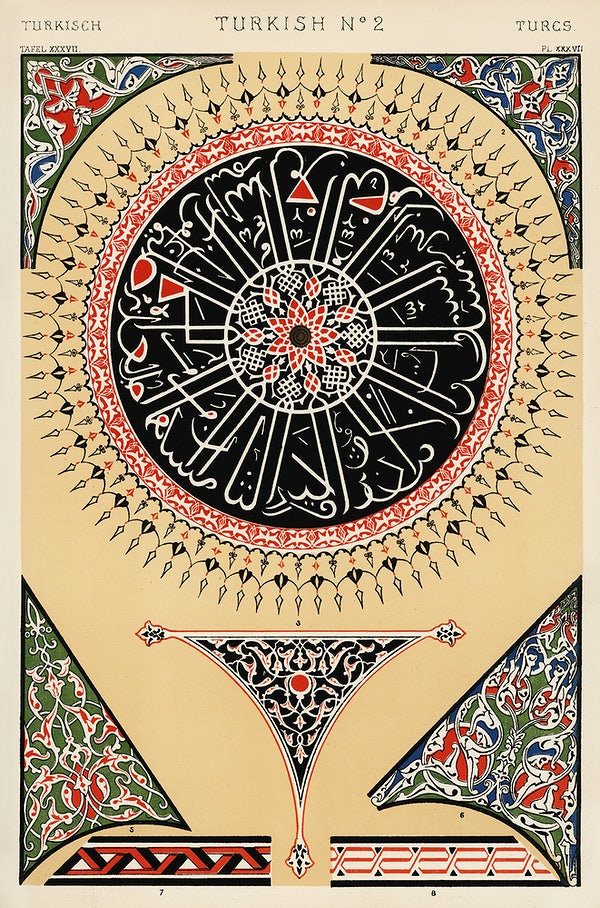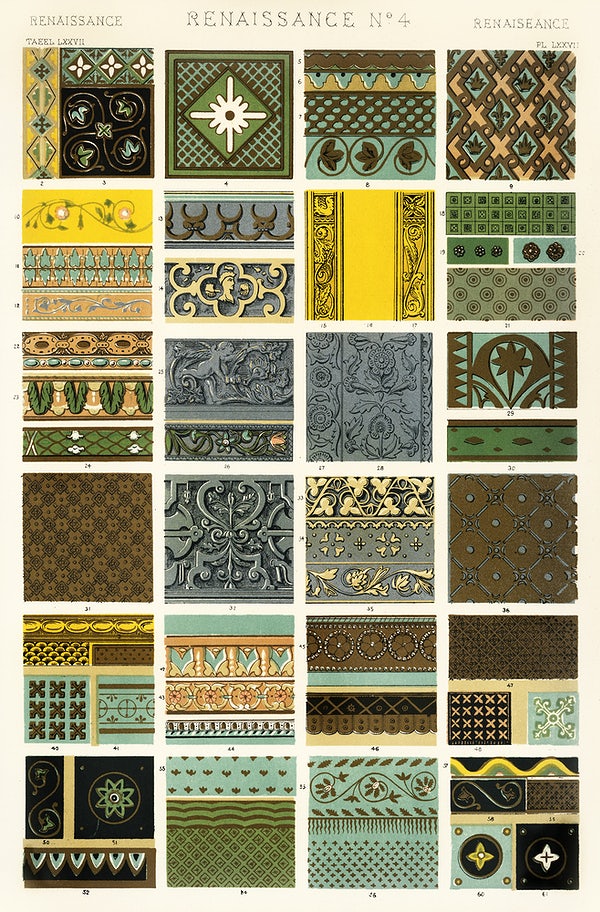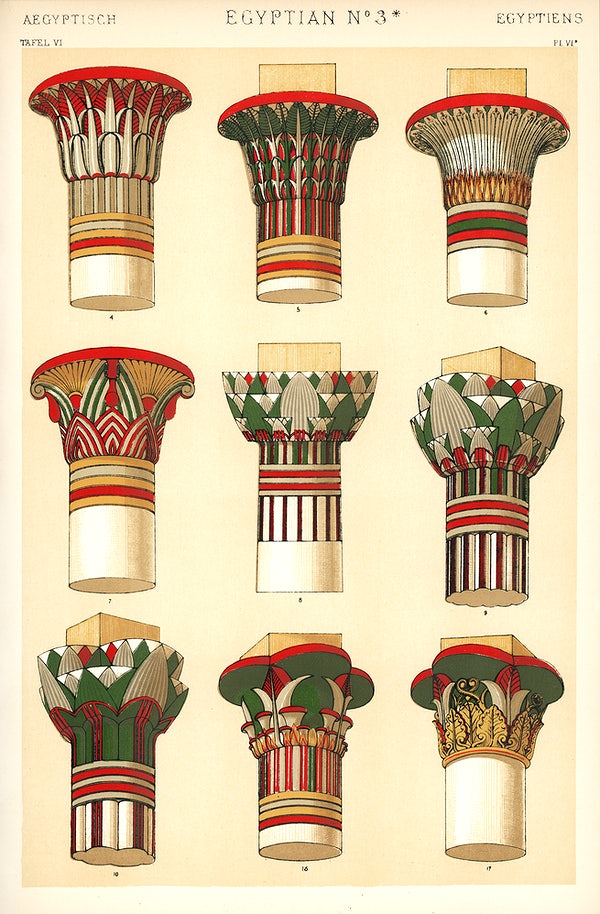
With the release of The Conjuring: The Devil Made Me Do It, your Pretty Much Pop hosts Mark, Erica Spyres and Brian Hirt explore the larger “Conjuring universe” that started with the critically acclaimed 2013 James Wan film depicting the fictionalized supernatural investigations of Ed and Lorraine Warren (played by Patrick Wilson and Vera Farmiga). Largely using the plot-generating device of the couple’s storehouse of haunted objects, this series has extended into eight films to date with more planned.
Are these films actually scary? Insofar as these demons and ghosts do frighten us, can we (emotionally) buy into the power of Catholic symbols to keep them at bay? Is it OK to valorize these real-life people who were very likely hucksters?
Is grouping these films together merely a marketing gimmick, or is there real narrative justification for the continuity? Even without a common filmmaker, stars, or plot through-line, there is some value in a brand or franchise, just so you know more or less what you’re getting, but does that actually hold in this case, or have Warren-free stinkers like The Nun (2018) and The Curse of La Llorona (2019) already failed to meet the franchise’s standards?
Some of the articles we reflected on for this episode included:
- “The Conjuring Is the Ideal Cinematic Universe” by Joshua Rivera
- “How The Conjuring: The Devil Made Me Do It Embraces Satanic Panic” by David Crow
- “The Conjuring: The Devil Made Me Do It – Which Parts of the Film Are True?” by Rosie Fletcher
- “Every Time Ed & Lorraine Warren Were Exposed As Total Frauds” by Christopher Shultz
- “The Conjuring 4 Needs An Original Case For The Conjurverse’s Future To Work” by Daniel Dimanna
- “Hear Me Out: Why ‘The Conjuring’ Is a First-Class Faith Movie” by Tyler Daswick
- “‘The Conjuring 3’ Keeps Hollywood’s Fascination with Spiritual Warfare Alive” by John J. Miller
This episode includes bonus discussion you can access by supporting the podcast at patreon.com/prettymuchpop.
This podcast is part of the Partially Examined Life podcast network.
Pretty Much Pop: A Culture Podcast is the first podcast curated by Open Culture. Browse all Pretty Much Pop posts.
